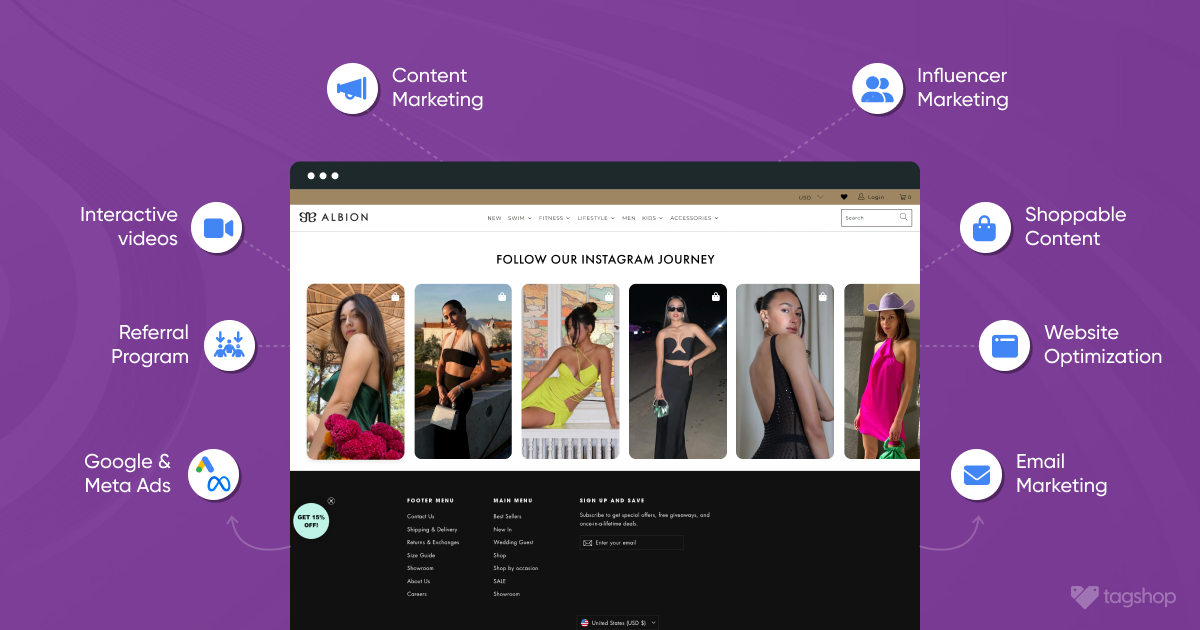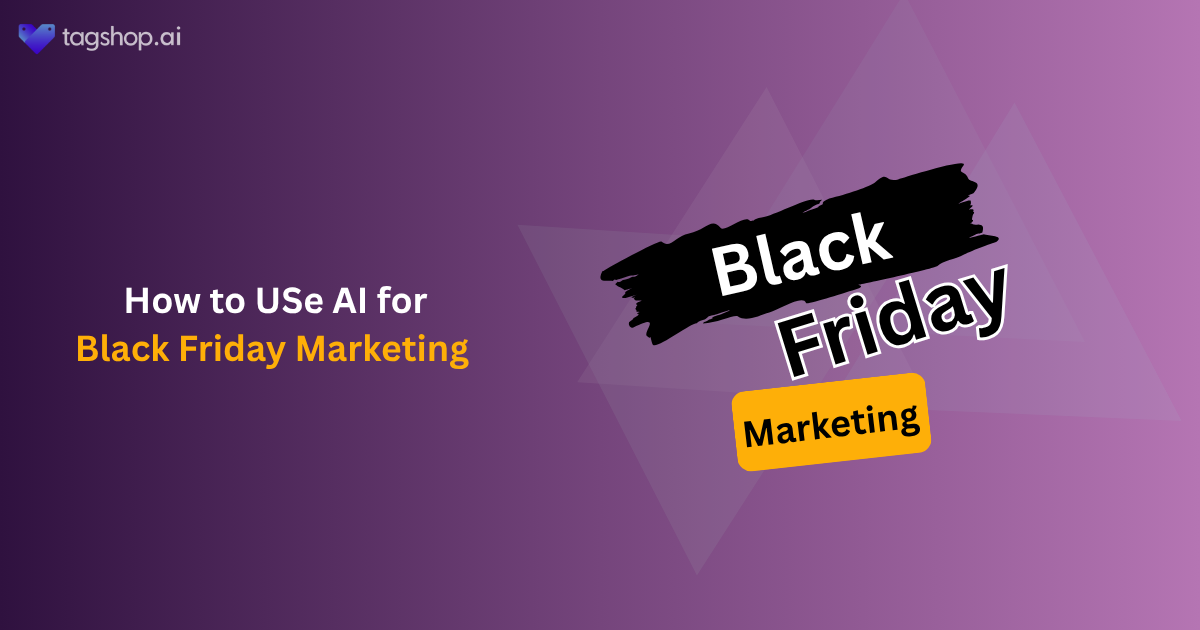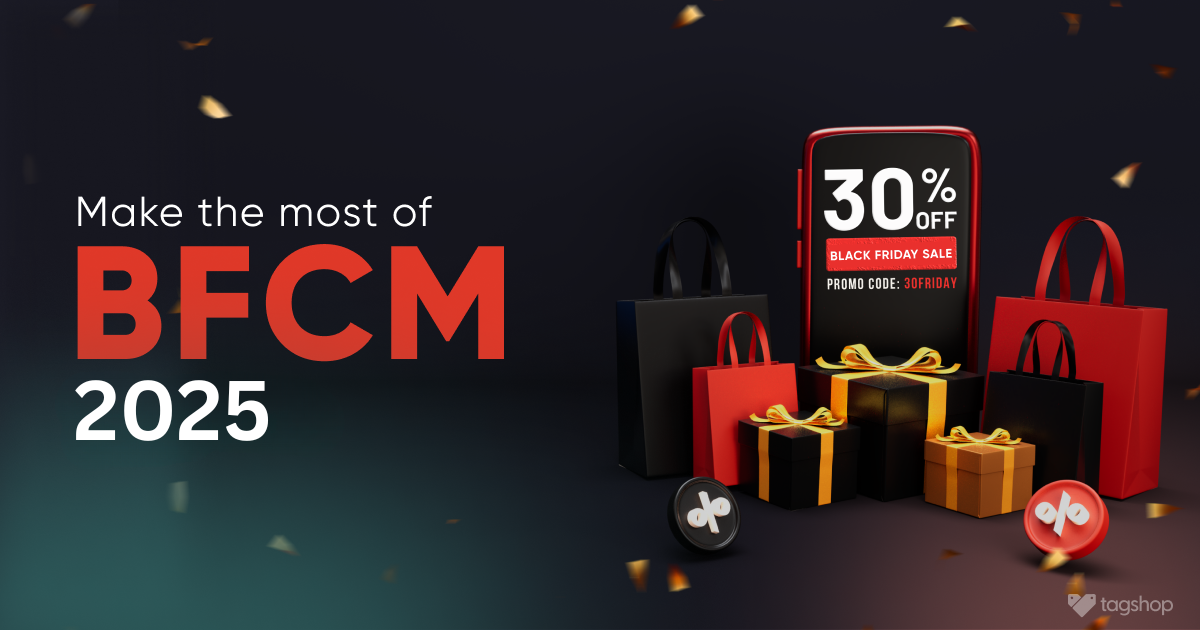How to Market a Clothing Brand: 11 Strategies in 2026
Desiring to see your clothing brand take the world by storm? You sell top quality clothes but are you branding them enough? You’re not alone. Learning how to market a clothing brand is essential for success in today’s competitive landscape.
Launching a successful clothing brand is not an easy task but with effective and targeted marketing strategies, you can make your brand stand out. From translating the insights into must-have products to nailing the perfect price point, here’s everything you need to transform your brand into a success story.
This comprehensive guide explores 11 effective strategies designed to empower clothing brands. Buckle up and get ready to release your brand’s full potential.
Why You Should Have A Marketing Strategy For Your Clothing Brand?
For any clothing brand that is looking to make its mark, creating an online presence is a must in today’s internet-driven world. Here are some points that will help you understand why you need to have a marketing strategy:
- Global reach- With a single click, online marketing enables you to show your fashion styles and clothes to a global audience. With the ideal marketing strategies, your clothes can get international exposure and fetch customers.
- Pocket-friendly promotion- Utilize social media platforms and email marketing to do cost-effective promotion for your clothing brand. These digital channels will market your clothes and provide a better return on investment.
- Enhances conversion rates- By providing personalized, direct customer promotions, and discounts, online marketing strategies for your brand can boost your conversion rates.
Components Of a Clothing Brand Marketing Strategy
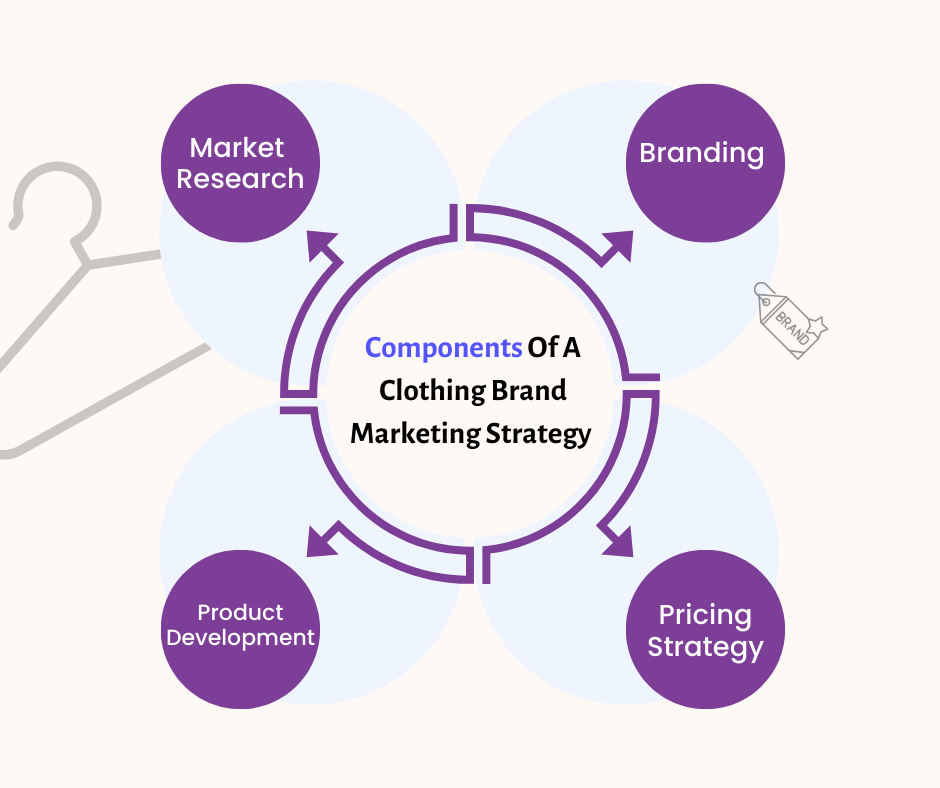
Before diving into the pool of various marketing strategies for your clothing brand, take a look at the several components of it:
1. Market Research
The procedure of gathering and analyzing information to acquire insights into the clothing industry incorporating target market and competitors is termed Market Research. For those aiming to establish a fashion brand, this step is indispensable. This involves demographic and psychographic analysis of the target audience, identifying emerging trends, and studying purchasing decisions.
Market research informs decisions on the positioning of a brand within the market, product development, and pricing strategies. In today’s digital landscape, gathering accurate and region-specific insights requires tools that can bypass geo-restrictions and mimic real user behavior.
To access location-specific data and monitor competitors across different regions without detection, many brands rely on trusted mobile proxy technology as part of their research toolkit, often paired with a Windows VPN to ensure secure, anonymous connections while conducting sensitive market analysis.
This approach becomes even more powerful when supported by automated data-gathering platforms, using ScrapFly enabling scalable market research and competitor analysis across regions.
Clothing market research is used to get the following:
- Understand the relationship of customers with your or competitor’s brand.
- Recognize areas for new markets, growth, and customer segments.
- Gather information about your customers’ opinions and interactions with multiple clothing brands.
2. Branding
When it comes to marketing a clothing brand, branding is one of the key aspects. The continuous process recognizes your brand products from other businesses in the market.
Branding includes defining the brand’s personality, value, and unique selling proposition (USP). Using a business name generator can make it easier to find a name that captures your brand’s identity from the start.
Branding involves designing a memorable logo, which can be made easier by using customizable logo templates, establishing consistent brand guidelines, and selecting appropriate colors.
Effective branding builds trust, evokes emotions, and sets the brand apart from competitors. It impacts consumer perceptions and develops brand loyalty. Clothing brands can strengthen their market position and fetch a loyal customer base from packaging to online presence. Monitoring brand mentions across digital channels also helps evaluate branding efforts and understand how the public perceives the brand.
3. Product Development
When it comes to marketing strategy for the clothing business, product development focuses on creating compelling offerings that meet customer needs. To ensure your product development aligns with your brand identity, a branding agency can help fine-tune designs that accurately reflect your brand’s core values while ensuring functionality and quality.
Designing apparels that reflect the identity and value of the brand while ensuring functionality and quality is essential. Based on perceived value and competitive analysis, pricing strategies are determined.
4. Pricing Strategy
Pricing strategy to market a clothing brand is like a magic trick, balancing profit for your business and value for your customer. To set prices for brand products that encompass their financial goals and reflect the positioning of each product as set out in the marketing plan.
11 Clothing Brand Marketing Ideas to Increase Sales
The clothing brand industry is filled with amazing talents, so standing out with your clothing brand becomes crucial. Let’s delve into exceptional clothing brand marketing strategies you can leverage for success and get rid of the anxiety of how to market a clothing brand.
1. Social Media Presence

If you’re thinking about how to market a clothing brand on social media, you’ve come to the perfect place. You can use social media platforms to offer an opportunity to develop a more intimate connection with your audience. Start by defining a clear target audience and brand identity. Leverage popular social media channels like Facebook, Instagram, Twitter, TikTok, etc. where visual content conquers.
To develop a community around your brand, you can engage with followers through compelling visuals, user-generated content, and behind-the-scenes glimpses. Partnering with fashion influencers in your niche can massively extend your reach. The influencers can add credibility to your brand, bring engagement, more followers, and lastly conversions.
2. Leverage AI-Generated UGC

UGC-style ai videos helps clothing brands boost sales by creating realistic, influencer-style content at scale. AI avatars can model outfits, give reviews, and share styling tips—building trust and helping customers visualize products.
This personalized, relatable content improves engagement, increases conversions, and speeds up campaign launches. With tools like Tagshop, brands can easily create high-performing videos for ads, social media, and product pages.

3. Feedback And Customer Reviews
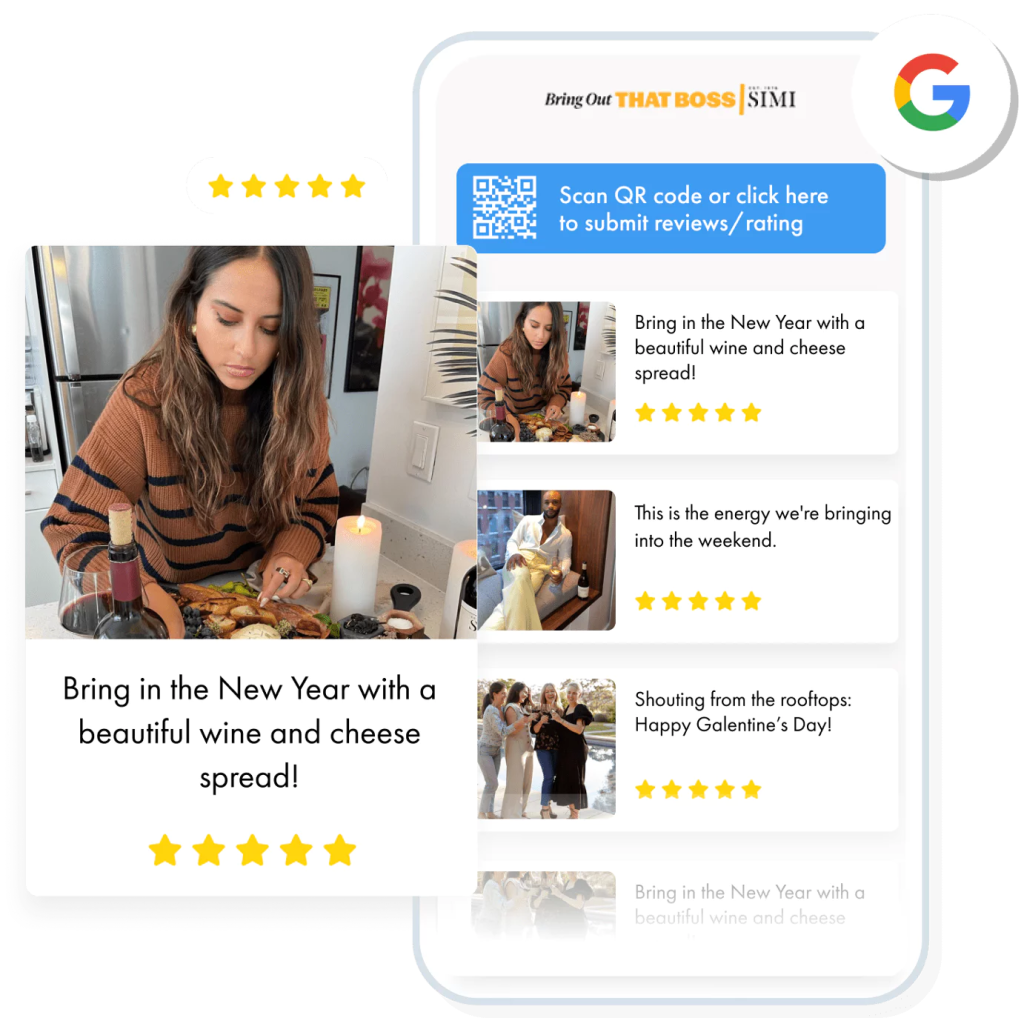
If harnessed correctly, feedback and customer reviews can do magic for your brand reputation and make your brand stay out. Because the value of reviews and feedback for a brand is similar to receiving a personal recommendation from a friend.
These positive experiences impact future buying decisions, instill confidence, and prove the quality associated with your clothing brand. Share positive feedback your brand received on your social media platforms. Showcase positive feedback across your social media platforms while practicing exceptional digital customer care by engaging meaningfully with every review – whether five-star or one-star – demonstrating that you’re not just collecting and sharing praise but actively listening and evolving your brand based on all customer insights.
4. Make Use Of Pinterest’s Perks
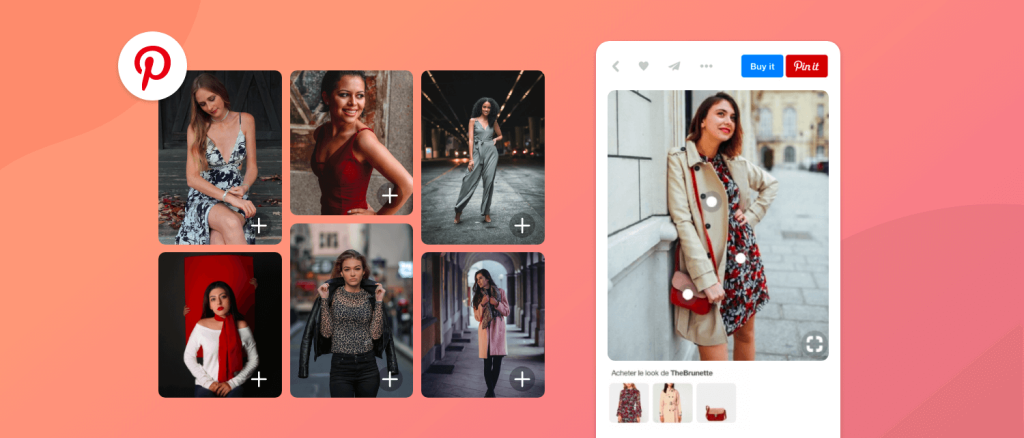
Pinterest is the place where people go for inspiration while your audience can get ideas from any social media platform. The users of Pinterest are there to explore products and ideas, making purchases when they feel a spark. Pinterest customers spend 2x more compared to other social media channels on the platform.
Pinterest enables you to tag products and streamline the shopping process like Instagram, making Pinterest adopt Shoppable posts. Pinterest is rolling out in-platform features like Instagram to make shopping easier for its users. For creators looking to make money as an artist, Pinterest turns inspiration into sales by connecting your content directly with buyers.
5. Optimizing Your Website

For your brand, your website is at the digital forefront and it should be easy to navigate. When you hire web developers to optimize your website, it pops out higher in search engine result pages.. This will catch the attention of people searching for similar products. Search engine optimization (SEO) includes keywords, phrases, and other tools to help Google find you.
For eCommerce businesses, the Shopify SEO checklist is mandatory to optimize the website. For adding keywords, product descriptions are perfect, and using Shopify SEO tools can make this process even more effective. If you’re selling electronic gadgets, keep your descriptions short and simple.
7. Local Search Optimization
Optimize your internet presence for local search if you have an online clothing brand market store. With the rise of mobile search capabilities and virtual assistants, local search is becoming more commonplace. To find businesses near them, people use their phones, and you want to be included in the results.
Creating a Google Business Profile is the first step to optimize your business for local searches. Then, understanding how to rank on Google My Business can significantly improve your local search visibility and attract more potential customers. This will help you update your phone number, address, and operating hours. By using this tool, you can also manage customer reviews.
8. Paid Ads
Paid online advertising is superpowered to boost the visibility of your online store. Organic growth is indispensable and beneficial but it is slow and involves hard work. However, paid ads work well and instantly.
You can utilize Google Ads that enable you to bid on keywords that’ll trigger your ad. Your ad will appear at the top of their search results when someone searches for your specific keyword.
Social media ads help you target the audience you want to advertise to. For example, Instagram and Facebook track so much data that you can make sure only the relevant people see certain ads. You can hone in on your target audience easily and efficiently with ads on how to market a clothing brand.
9. Retargeting Ads
Users will click on your website, sometimes look around, and leave. Some even take a forward step by putting items in their cart and then abandoning them. To target these users, Facebook lets you create ads. With messaging appeal, you can design a static ad to target people who left your website or abandoned their carts.
To appeal to people, you can use these ads who stop by and didn’t purchase. Retargeting ads help you convert people who are already interested in your clothing brand. This strategy is usually more effective than marketing to people who don’t know about your brand.
10. Email Marketing
When it comes to how to market a clothing brand, email marketing tends to be successful for clothing brands. To spread the word about your brand email marketing undoubtedly stands as an effective way. Email subscribers typically plan to engage more than those who passively discover posts on their social media feeds.
Utilize this digital tool to send coupons, give subscribers a sneak peek into sales, and reward loyal customers among other content. The audience to whom you will send emails will be users who already interacted with your brand. This means they will be much more likely to already feel some amount of brand loyalty.
11. Run Giveaway Campaign
To get eyes on your brand, one surefire way is to run a giveaway campaign. These campaigns will significantly increase brand awareness by sharing requirements but they also generate goodwill among your followers. Treat giveaways as a way for your followers to try and display your clothing.
To increase excitement and engage followers, run giveaway campaigns on social media. A runaway campaign encourages your followers to interact with your brand posts. When one of your followers wins a giveaway contest, congratulate them hugely. Make a public post or mention a story on your social media brand channels.
Final Verdict!
Marketing for clothing brands in 2026 demands keen insight, a strong online presence, and a blend of innovative strategies. From leveraging social media marketing to adopting trendy fashion technologies, and understanding marketing trends, plays a prominent role in distinguishing your brand in the marketplace.
By implementing these strategies, your brand stays well-positioned to thrive and make a lasting impact in the clothing world.
From leveraging social media marketing to embracing the latest fashion technologies, each aspect plays a pivotal role in differentiating your brand in a crowded marketplace.
Let’s explore the Social Media Marketing AI Tools
FAQs
Here are some of the most effective strategies for marketing your clothing brand online:
1. Social media presence
2. Optimizing your website
3. Feedback and customer reviews
4. Make use of Pinterest’s perks
5. Leverage user-generated content
6. Content marketing
7. Local search optimization
8. Paid ads
9. Retargeting ads
10. Email marketing
11. Run giveaway campaign
The four P’s of marketing clothing are:
Product- The product can be any item that satisfies the wants and requirements of the customer. For example, your brand’s piece of cloth can be a product.
Price- The fixed value of the product amongst your target audience is termed the price.
Place- Place can be a physical or digital channel through which a brand operates or promotes its products such as email, in-store, web, digital ads, etc.
Promotion- The activity a brand conducts to communicate and promote its products to its target audience is called promotion.
Here are the different marketing strategies Zara uses to market their products:
– SWOT Analysis
– Uses traditional marketing like TV, billboards, etc.
– Utilizes social media strategy
– Zara uses an advertising strategy that demonstrates the commitment of the brand to diversity, sustainability, and individuality.

